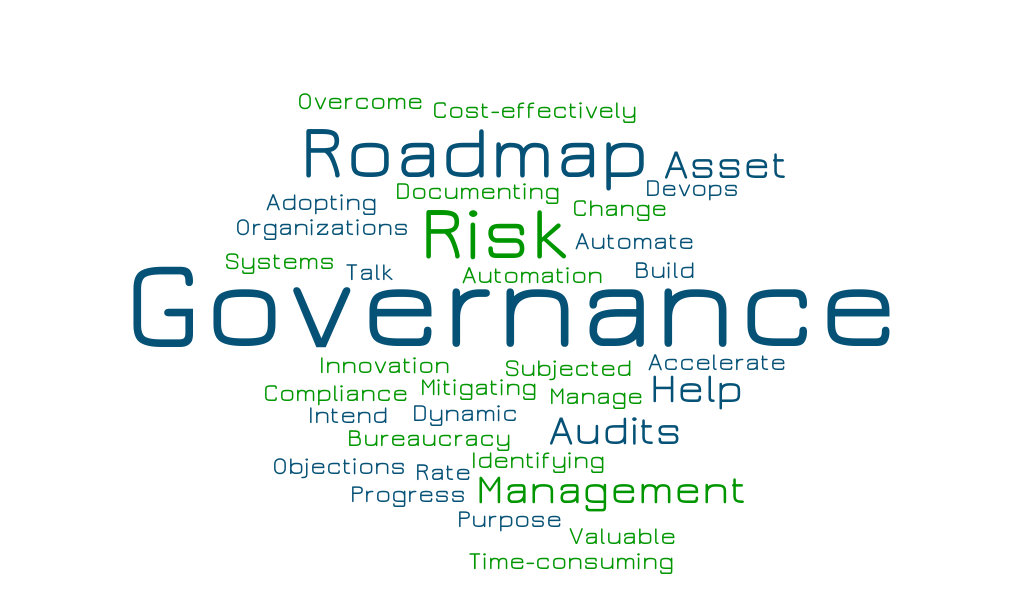Musings about Value Streams
Check out our latest post
The team at the center

Reading time: 4 min
When talking about agile practices, the distinction between projects and products often comes up. The idea is that the limited lifespan of projects tends to be pushed onto the delivery team, which leads to the team being assembled at the onset and dismantled when the project completes. Agile practitioners advocate for a product view, where teams are dedicated to a specific product and deliver incremental value at a regular cadence, across initiative lifespans. This usually works really well, and I too favour a similar way of working in most cases. However, I have recently seen various examples of this idea being misinterpreted, which creates a situation in which teams struggle, largely due to their setup.
All articles

Value Stream Mapping vs. Value Stream Management: What’s the difference?
Reading time: 8 min
“Whenever there is a product for a customer, there is a value stream.
-John Shook and Mark Rother, Learning to See”
Creating more value for customers is a core business strategy. With more technologies being developed, companies have been optimizing their software delivery to get the best value out of their products or services. Instead of focusing on individual functions, companies are now developing an interest in the end-to-end value chain. Software development is no longer just the business of IT departments. Company leaders and management are taking an active role in making sure that the software delivery process is driving value to the business. In a way, every organization has become a software company.
Unfortunately, even after investing considerable time and resources on IT transformations, companies still experience misalignment in business vision, strategies, and goals. While they may have implemented new ways of working, such as Agile and DevOps, there is often a disconnect bet...

Directing Flow
Reading time: 8 min
Introducing organizational change is a tricky business, especially when it involves new technology. Even seemingly innocuous changes to technology can have a far-reaching impact on your organization, disrupting the ways you work. Your initial vision of a smooth implementation, rapid adoption, and a high return on investment is easy to say, not so easy to achieve. For example, it is widely discussed that 70% of transformations fail.

Automating Governance
Reading time: 6 min
Governance is something of a dirty word. It often generates a visceral reaction in people, conjuring up images of red tape, bureaucracy and time-consuming audits. These are seen as roadblocks to progress, innovation and adoption of new ways of working. This is especially true when we are looking to accelerate the rate of change or delivery speed, such as commonly occurs when adopting DevOps or Agile practices.
Below, I will discuss why we have governance, how it gets applied and some immediate approaches you can look at to help change your ways of working.
Purpose
Let’s start with the purpose of governance. Governance practices intend to manage risk. I sometimes hear that “this doesn’t apply to me. I’m in a small start-up,” but all organizations, whatever their size, need to manage risk. In one form or another, we are all subjected to governance. In larger organizations, we have added complexity to deal with in creating and managing risk. It is also true that heavily regulated industries ...

Knowing where you are on your digital transformation journey
Reading time: 7 min
How many of you have been through something labelled as a digital transformation in the past 5 years? Many hands go up, and several people groan. It seems like we are in a constant state of transformation, which is true. Change is the new normal and transformation is the grandiose title given to the work we build around it.
Yet many transformation efforts stall or even fail. We encounter many reasons for this, including market pressure, hierarchy and blame culture. Even gut instinct being the primary way to make decisions comes into play! Core to most digital transformation efforts is aligning technology to business goals, which often creates problems with delivering the desired change due to their different goals.
When technology departments drive the transformation, they often need help explaining the value. Ensuring stability to reduce rework through innovative techniques and tools may not resonate. Still, we do require change through transformation for our businesses to thrive. With...

Securing the value chain
Reading time: 5 min
Whether we are working from home or our offices, the challenge of ensuring the secure delivery of business value to our customers is a difficult one.
On the one hand, we need to enable our teams to deliver value quickly as this increases our ability to learn from our customers. On the other hand, we want to stop the unwanted exposure of customer data by ensuring secure delivery. These two goals may seem at odds. After all, a high-rate of change increases the chance something goes wrong. This results in a natural tendency to want to slow down the delivery process. However, there are ways to ensure you get both speed and safety.
Let us look at some of the common failure patterns and how to approach creating a strategy to remediate.

Project vs Product
Reading time: 3 min
We talk about this a lot but do not always do a good job of explaining why it is so important. I would argue not understanding this difference and developing this mindset can cause your whole transformation to stall.
So what do we mean when we say project vs product and why is it so critical?
Read below for my thoughts on the topic.